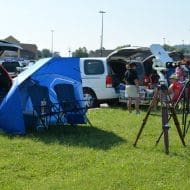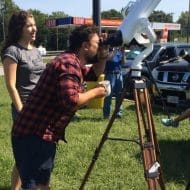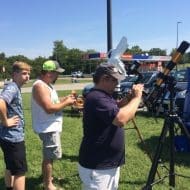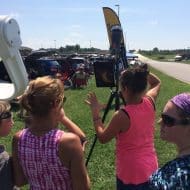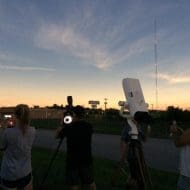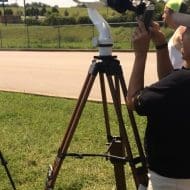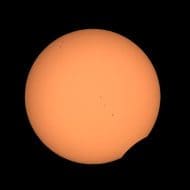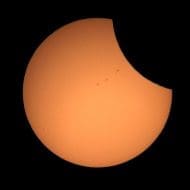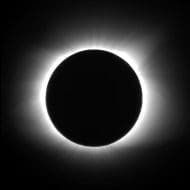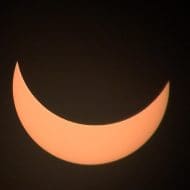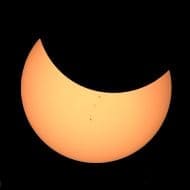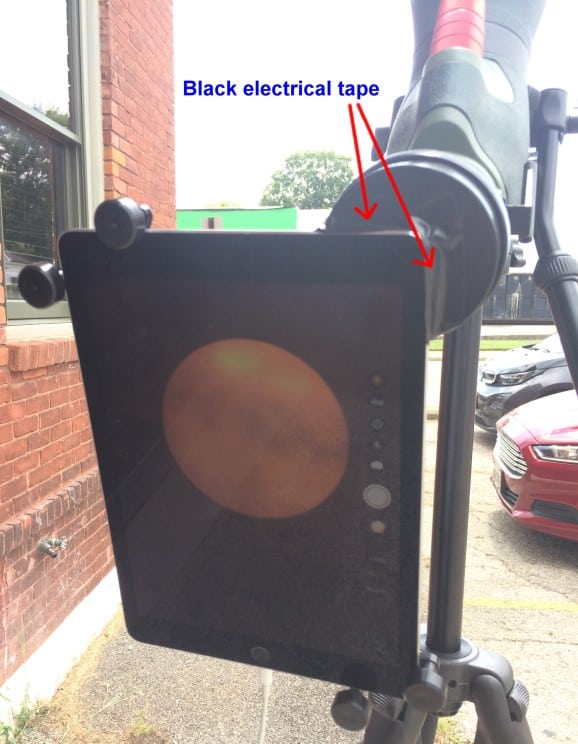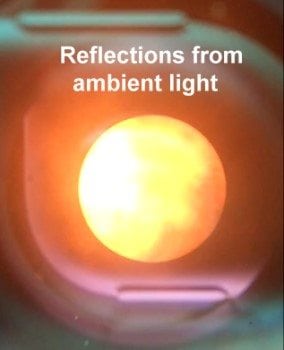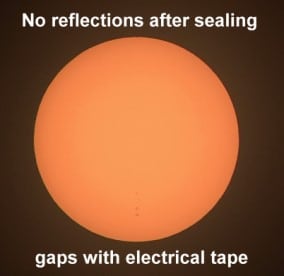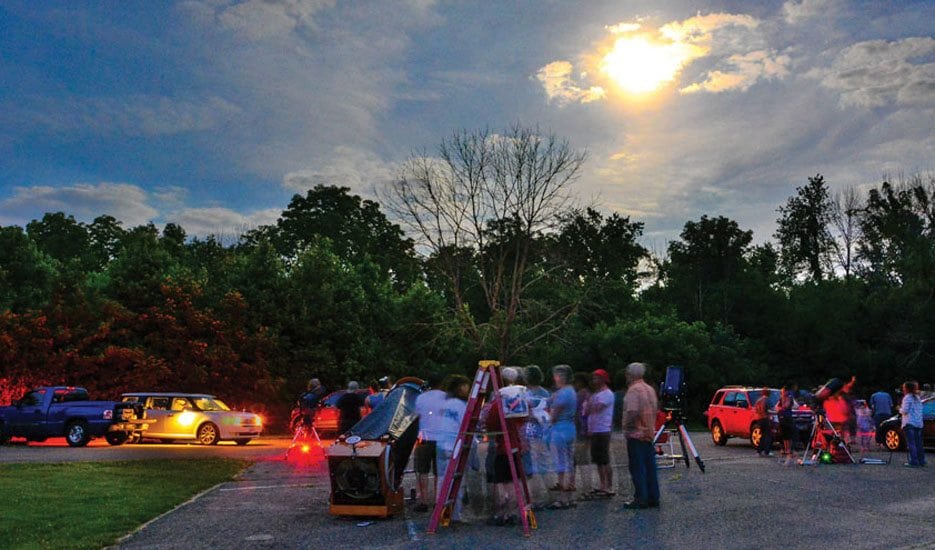Bushnell Powerview 20×50?
I’m planning to purchase a binocular, thinking about the Bushnell Powerview 20×50. I just want to know, in this binocular how long a distance can we see clearly?
You’re asking Oberwerk if we would recommend the 20×50 Bushnell Powerview? Let’s just say that Oberwerk doesn’t make a 20×50, and for good reasons.
20x magnification is far too much magnification to hand-hold and still have a steady view. So a 20x magnification binocular needs to be mounted on a tripod to make it usable. Secondly, 50mm objectives are generally too small to gather enough light to support 20x magnification with good clarity and brightness- especially so for the inexpensive Powerview series. There is one exception to the above- the $3000 image-stabilized Farvision 20x50S. If that’s not in the budget, let’s continue…
The Powerview uses “InstaFocus”, which while very fast, is hard to control precisely- and 20x magnification requires very precise focus. 20x magnification also requires perfect collimation (alignment), otherwise you won’t see a well-merged image, and you’ll experience eyestrain at best, and possibly even double images. Oberwerk is the only USA seller that tests and aligns every binocular before shipping- which is especially necessary at 20x.
If you need 20x magnification, you’re going to also need a tripod. And as long as you are using a tripod, you might as well get a binocular that is large enough to gather enough light to have a bright image with good clarity. The Oberwerk 20×80 LW ($199.95) mounted to the Oberwerk 3000 tripod ($149.95), would be the least-expensive binocular that can offer 20x magnification with high-quality. Let me know if you have any more questions.
Regards,
Kevin Busarow


